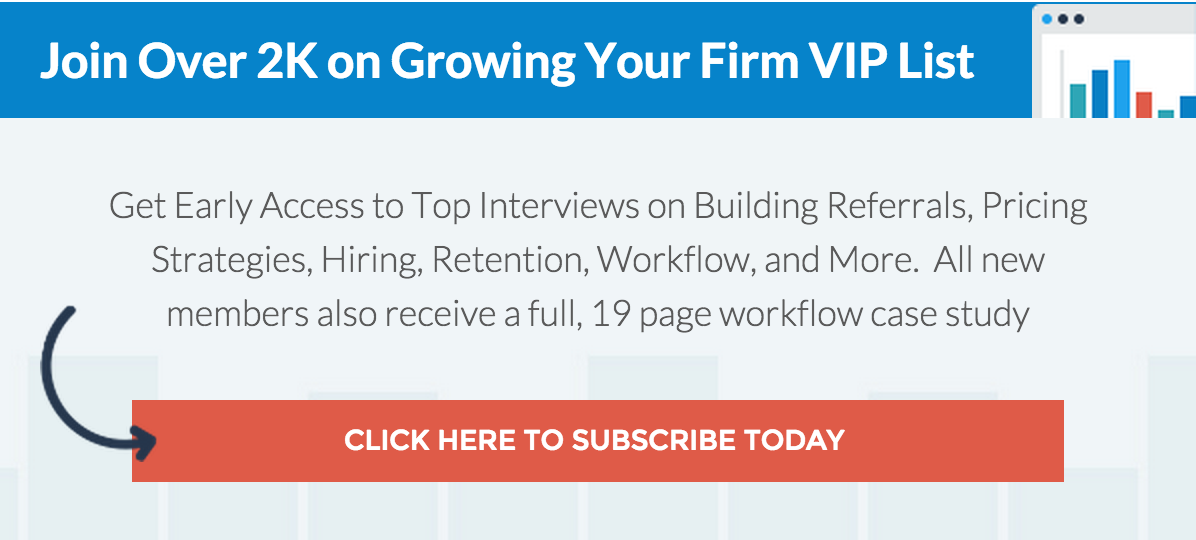VAT Return Workflow Software

Finding a robust VAT Return Workflow Software can be challenging, which is why we’ve outlined key components and questions to ask before investing in a workflow software.
Baseline questions around VAT Return Workflow Software
Do you currently have a strong process sheet in place?
As a chartered accountant, it’s important to have a robust process sheet in place to track VAT returns as well as additional services you provide. Having a solid process sheet in place is a great foundation and can help make a seamless transition in workflow software when you’re ready.
Do you have a workflow diagram for VAT returns?
Another important component of setting up VAT returns is a workflow diagram, outlining how all the steps come together. The workflow diagram is a great, high level blueprint for how work moves through a VAT return. This is also a great way to identify bottlenecks in the process, or areas that need to be added, redesigned, or removed. Much like a process sheet, a workflow diagram can set a great foundation when implementing a new workflow software.
How does your team adopt technology and software?
Is your team tech savvy and excited to embrace technology? Or nervous about learning a new system? Whatever type of team you have, it’s important to understand how they feel about technology, and this will determine how and when you implement new tools in the practice (for example, support, training, and new app on boarding become critical when your team is not tech savvy).
What is the goal of VAT Workflow Software?
As with any initiative, it’s important to define the end goal (or as Steven Covey would say… “The End in Mind”). Ultimately, if this tool was successfully implemented, what would your practice look like? Would it become more profitable? More productive? Less stress and communication errors? Defining the ultimate goal of the new VAT workflow software can help your entire team understand why the initiative was taken on in the first place.
Components of Workflow
The required:
You need to define the “required” components of your workflow software, This will vary between firms, but most will need a comprehensive feature set which includes:
- Ability to have a central client list and database
- The ability to create recurring projects and one-off jobs
- The ability to assign team work, add notes and reviews, and schedule work for the week
- See work in progress, what needs reviewed, and what’s falling behind
- Document importing and uploading
- Email digests and reminders
As previously mentioned, it’s important to define your “core features” for your workflow software. Some firms need time and billing, others do not! Some need specific integrations to start, while others can implement and see results immediately.
It’s important to define your criteria for a successful VAT return workflow software implementation. As always, be sure to communicate this with any key stake holders as well!
Ready to Automate Your Workflow? Click Here to Watch a Full Video Demo







